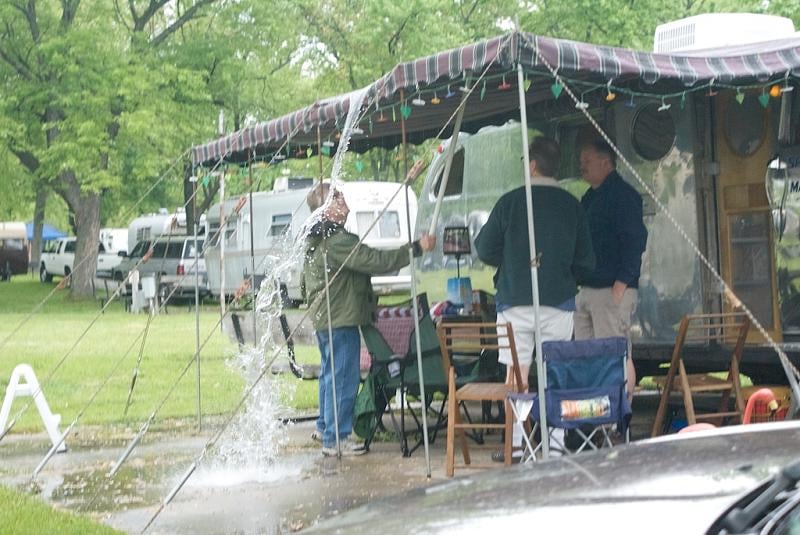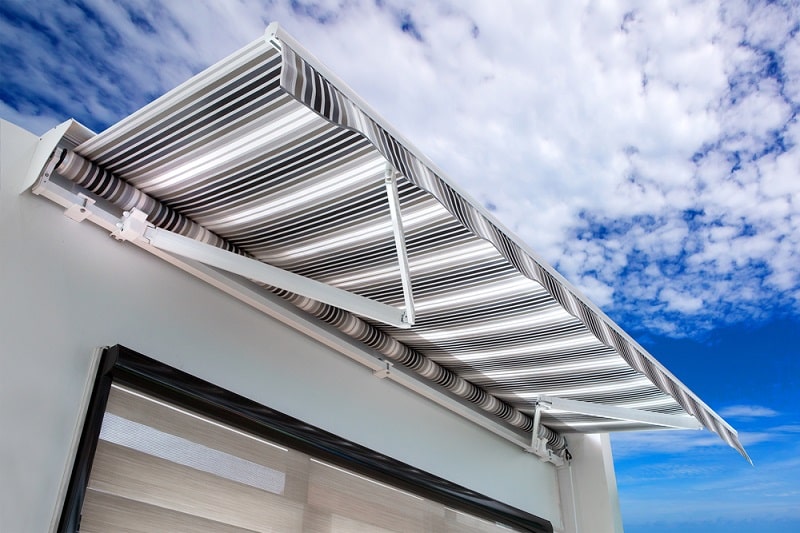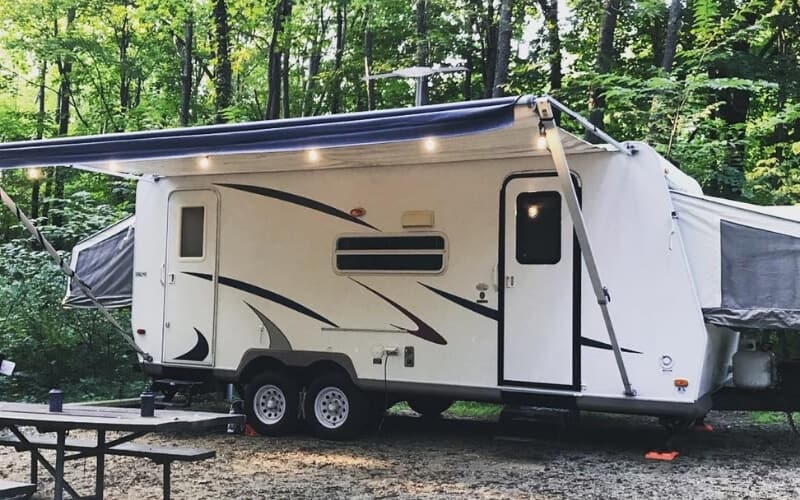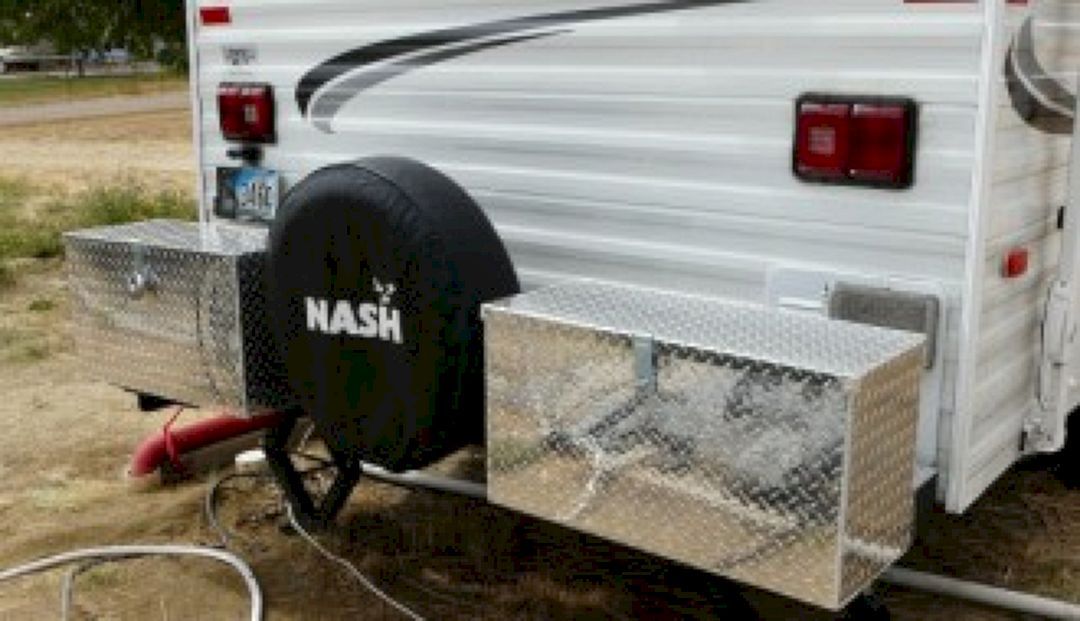Rv Awnings And Wind Speed

If the winds exceed 20 to 25 miles per hour and the wind is consistent then it s time to roll up your awning for the day especially if it s self supported.
Rv awnings and wind speed. The wind force on your rv is. As far as 20 mph i would be scared at 10 mph. There are retractable products like retractable roof pergolas that have been rated higher and will withstand wind speeds of 55 63 mph beaufort 10 when open and 150 mph when closed. If a gust comes or the wind is from the right direction damage can occur.
The newer models with a spring type system will billow and let the air out and the normally retract based on wind speed or motion. The wind speeds that most self supported awnings are tested to is about 20 25 miles per hour but that does assume a steady wind and not a buffeting irregular wind which can be far more dangerous. When extended rv awnings can collect puddles and become heavy with rainwater. The best time to use the awning is when the day is calm and sunny.
At one moment there is lesser wind the next minute the wind is high. Reduce the exposed sail when the wind picks up is when you first think about it same with the rv awning when you first think to yourself. For example a 30 ft rv 8 ft high the sheeting only will have a 7154 lb force pushing on it in a 110 mph wind gust not average. Benefits of rv awnings.
Motorized retractable awnings often use a wind sensor or motion sensor that automatically retracts the awning to prevent damage to the arms if the wind speed gets too high. Traveling at 65 mph with a quartering headwind of 25 mph gusting to 40 mph would produce a vectored effect of around 80 to 90 mph of wind energy acting upon these 5 square feet of awning. If this is more than the weight of the rv it will likely flip over. The wind catches the awning and tends to rock the coach.
A slight breeze is ok but wind is not. So let s talk numbers actual wind speeds. Otherwise the wind can rip the awning fabric off and sometimes even send the awning flying clear off your rv. Having an awning out in a variable wind it can be quite risky.
20 at 90 mph 29 8 at 110 mph 41 8 at 130 mph. More commonly used now are the motion sensors as they detect movement in the awning rather than the wind speed which can be irrelevant. Take this horror story from mr. We were in fresno at a friend s house in 2014 had the awning out and realized it was raining hard.
It can also have a motion center. Since awnings are vulnerable to wind you require an electric awning that has a wind sensor. Use the awning but do so while paying attention to the wind and how it affects it. I have seen awnings broke from rain and blown up over the trailer from wind so i do not want to deal with that.
Your rv can be effected by as little as a 10 mile an hour breeze. Wind force lenght x height x f. Winds near 30 mph and higher may not be safe for some rv s to travel at highway speeds and this is especially true if the conditions include imbedded gusts.
















































